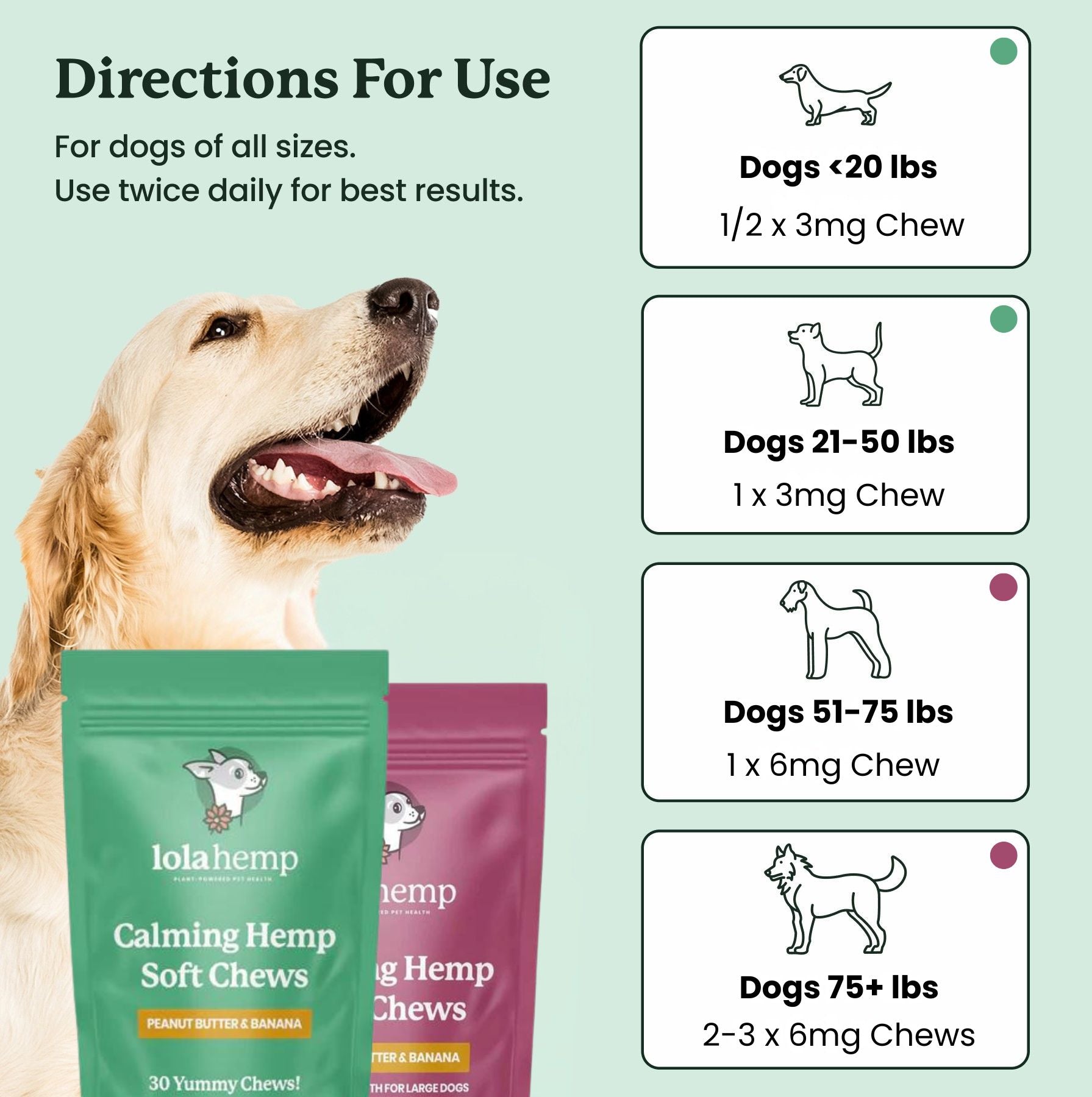Halloween is a fun holiday for humans, but it puts pets at risk in a handful of ways. When it comes to dogs, there are some key things to watch out for on October 31st.
This article runs through the primary risks that dogs face on Halloween and what to do about them this year. If you keep all of the following things in mind, there's a great chance that your dog will stay safe and sound this Halloween.
1. Candy Dangers
Candies are almost always risky for dogs due to their high sugar content, sweeteners like xylitol, theobromine in chocolate, caffeine, and more. All of these things can spike a dog's heart rate and nervous system, prompting a cascade of risky metabolic and physiological shifts.
The smartest thing you can do is to make sure that your candy is not somewhere that your dog might get into it. If that means putting the bowl very high up between trick-or-treaters or even crating your dog for the period when candy is out, that's what you need to do.
- High-risk snacks: chocolate (darker = more toxic), xylitol sweets/gum, raisins, THC edibles, and candy wrappers (can cause blockages).
- Lock it down: store candy in sealed containers up high; never in purses or backpacks on the floor.
- Hand-off zone: set a no-food rule for kids and guests around the dog; give your pup a safe chew or stuffed toy in another room.
- If they got some: note what/how much and call a vet or poison control immediately.
How strict you need to be will depend on your dog's tendency to steal snacks. You know your dog, and you know how determined they might be if they smell something tempting!
2. Trick-or-Treater Anxiety
Many dogs are afraid of, or stressed by, new people. Knocks at the door can be startling, and a series of knocks from strangers can be truly overwhelming.
The response to knocks and howls in the night is similar to dogs with thunderstorm or firework anxiety. It's a loud, unfamiliar sound that sparks a fear response. Repeat exposure can compound the stress.
- Safe room: park your dog in a quiet space with a gate or closed door, white noise, and a long-lasting chew or lick mat.
- Doorbell detox: silence the bell (sign on the door or use a candy table outside) to reduce arousal.
- ID check: collar tags on, microchip info current—just in case.
- Calming supplements: calming chews or oils can be helpful on Halloween night or anytime your dog is prone to fear responses.
3. Door Hazards & Bolting
If you have trick-or-treaters coming to the door, there's always a chance your dog could slip out. Opening the door repeatedly increases that risk—especially for anxious or excitable dogs.

Finding your dog on Halloween night would be even more difficult than usual since there are so many people and cars. It's important to take precautions.
- Leash before open: clip the leash before you crack the door, even for quick handoffs.
- Double barrier: use a baby gate or exercise pen to create a foyer buffer.
- Management over training: this isn’t the night to practice “stay” with a crowd cheering in costumes.
Even if you trust your dog, strange costumes and noises can trigger unexpected reactions. It’s best to play it safe.
Bonus: Costume Stress and Safety
Halloween costumes are cute on pets, but many are made for human amusement, not comfort. Some restrict movement or cause anxiety.
Some dogs enjoy dressing up; others do not. Always put comfort first.
- Comfort first: if your dog freezes, scratches, or shakes, skip the costume. A bandana or reflective harness is plenty.
- Fit and function: no masks; keep ears, eyes, mouth, and movement free. Watch for overheating.
- No nibble-bait: remove small buttons, bells, or dangling bits that could be chewed off and swallowed.
Be considerate with your pet's costume—don’t do anything just for the photo if it puts them at risk.
Conclusion
Halloween can be safe for dogs when you use a few key guardrails: protect them from candy, manage the door carefully, skip stressful costumes, and choose calm routes when walking during Halloween week.
People might poke fun at you for being cautious, but your dog’s safety is worth it. Keep them safe this year—it’s not much extra work!
Frequently Asked Questions about Halloween Dog Safety
Can dogs eat Halloween candy?
No. Most Halloween candy is unsafe for dogs due to chocolate, xylitol, caffeine, and high sugar levels. Even small amounts can cause vomiting, rapid heart rate, or seizures. Keep all candy sealed and stored out of reach, and contact your vet or poison control immediately if your dog eats any.
How can I keep my dog calm on Halloween night?
Create a quiet, secure space away from the front door with soothing sounds and a chew or toy. Silence the doorbell, use white noise or music, and consider calming chews or CBD oil made for dogs. Keeping your dog away from the noise and commotion helps reduce stress and barking.
How do I prevent my dog from running out the door during trick-or-treating?
Always leash your dog before opening the door and use barriers like baby gates or pens to create a buffer. Keep ID tags and microchip info current. During heavy foot traffic, it’s safest to keep your dog in another room until the evening ends.
Are Halloween costumes safe for dogs?
Only if they fit comfortably and don’t restrict movement, vision, or breathing. Avoid masks and outfits with dangling pieces or small parts that could be chewed off. If your dog shows signs of discomfort, skip the costume and try a bandana or reflective harness instead.
What are the top Halloween safety tips for dogs?
Keep candy and decorations out of reach, manage the front door carefully, reduce noise and costume stress, use reflective gear on walks, and supervise pets closely. A calm, secure environment is the best way to keep dogs safe on Halloween.










